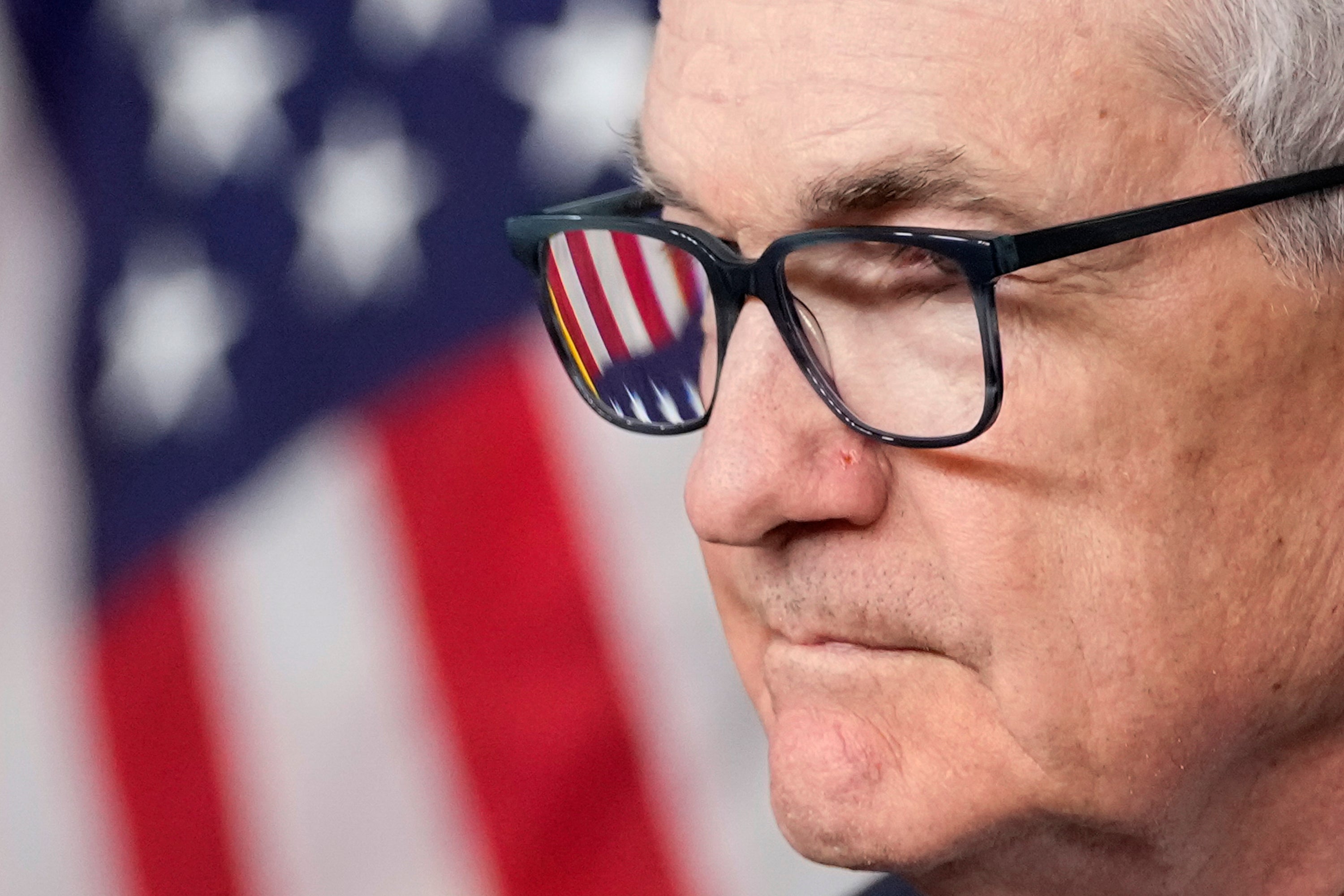Fed Chair Powell's testimony to be watched for any hint on rate-cut timing
Federal Reserve Chair Jerome Powell begins two days of testimony to Congress on Wednesday, with two issues likely to dominate the questions he'll face: When will the Fed start cutting interest rates, and by how much

When will the Federal Reserve start cutting interest rates this year, and by how much?
With the economy and inflation running hotter than expected, those questions will seize attention Wednesday, when Fed Chair Jerome Powell begins two days of testimony to Congress.
The financial markets are consumed with divining the timing of the Fed's first cut to its benchmark rate, which stands at a 23-year high of about 5.4%. A rate reduction would likely lead, over time, to lower rates for mortgages, auto loans, credit cards and many business loans. Most analysts and investors expect a first rate cut in June, though May remains possible. Fed officials have projected that they will cut rates three times this year.
Powell's semi-annual testimony — on Wednesday to the House Financial Services Committee and Thursday to the Senate Banking Committee — coincides with intensified efforts by the Biden administration to stem public frustration with inflation, which erupted three years ago and has left average prices well above where they were before. President Joe Biden's bid for re-election will pivot in no small part on voter perceptions of his handling of inflation and the overall economy.
The administration is trying to crack down on what it calls unjustified price hikes by many large companies. Biden recently attacked “shrinkflation,” whereby a company shrinks the contents of a product rather than raise its price. The president has also sought to limit so-called “junk fees,” which in effect raise the prices that consumers pay.
Overall inflation has steadily cooled, having measured at just 2.4% in January compared with a year earlier, according to the Fed’s preferred gauge, down from a peak of 7.1% in 2022. Yet recent economic data have complicated the picture and clouded the outlook for rate cuts.
Consumer prices accelerated a bit in January, hiring has remained strong and the economy is growing at a solid pace. All of which suggests that inflation could remain persistently above the Fed's 2% target in the coming months.
When they last met in January, the Fed's policymakers said they wanted “greater confidence” that inflation was falling sustainably back to their target before they would feel comfortable cutting rates. Since then, several Fed officials have underscored that as long as the economy remains resilient, they can take their time deciding when to ease borrowing costs.
“The strength of the economy and the recent data we have received on inflation mean it is appropriate to be patient, careful, methodical, deliberative — pick your favorite synonym,” Christopher Waller, a key official on the Fed's Board of Governors, said nearly two weeks ago. “They all translate to one idea: What’s the rush?”
And Philip Jefferson, the Fed's vice chair, noted that history shows the Fed typically starts to cut rates after the economy exhibits signs of weakening. One exception occurred in 1995, when the Fed cut rates because it felt inflation was under control. That 1995 episode has been cited as a “perfect soft landing,” Jefferson noted, in which the Fed managed to tame inflation without causing a recession or a spike in unemployment.
Powell has said the Fed is aiming to achieve another soft landing, a difficult outcome that, if it succeeded, would likely win the central bank widespread praise.
But for now, the Fed chair may face tough questioning from members of Congress. Republicans are expected to caution him not to cut rates too soon or by too much. Donald Trump, the likely Republican presidential nominee, has already attacked Powell for signaling that rate cuts are probable this year.
And Democrats may push the Fed to cut rates quickly. In a letter in late January, Sen. Elizabeth Warren of Massachusetts urged Powell to cut the Fed's key rate to help lower mortgage costs. The average rate on a 30-year mortgage has risen for four straight weeks to nearly 7%, more than double its pandemic-era low.
Some Fed officials have said they worry that a rate cut could accelerate growth too much and potentially reignite inflation. Raphael Bostic, president of the Federal Reserve Bank of Atlanta, said his conversations with business leaders have found that many of them are ready to quickly ramp up investment and hiring once the Fed reduces rates.
“If that scenario were to unfold on a large scale, it holds the potential to unleash a burst of new demand that could ... create upward pressure on prices,” Bostic said.
Bostic also told reporters that he has penciled in only two rate cuts this year. And he said he thinks the Fed could pause after its first rate cut to assess its impact on the economy.
Powell might be questioned this week about the Fed's proposed banking rules, which have spurred an intense backlash from large banks and their trade associations. According to the Fed and other regulators, the proposed regulations would require the largest banks to hold about 16% more capital — assets similar to cash — to protect against defaults. The rule was unveiled after the collapse of three large banks a year ago.
Banks have argued that the rule would force the largest financial institutions to hold up to 25% more capital, thereby reducing their ability to lend and likely forcing borrowing rates to rise.
Some civil rights organizations have joined the banks in criticizing the proposed rule, asserting that it would make it harder for Black and Latino Americans to obtain mortgages.
Bookmark popover
Removed from bookmarks